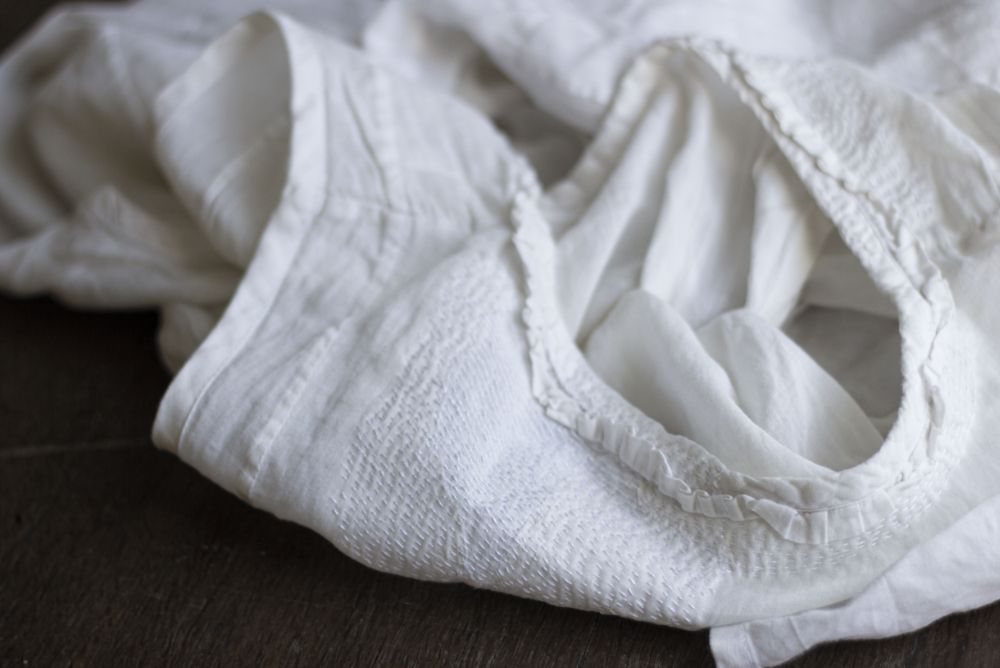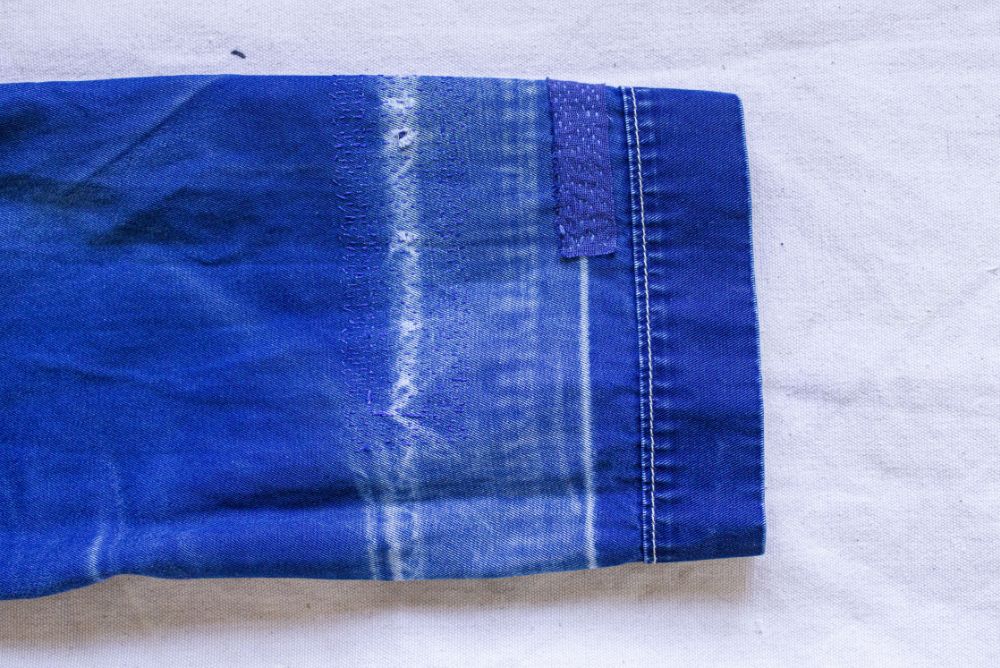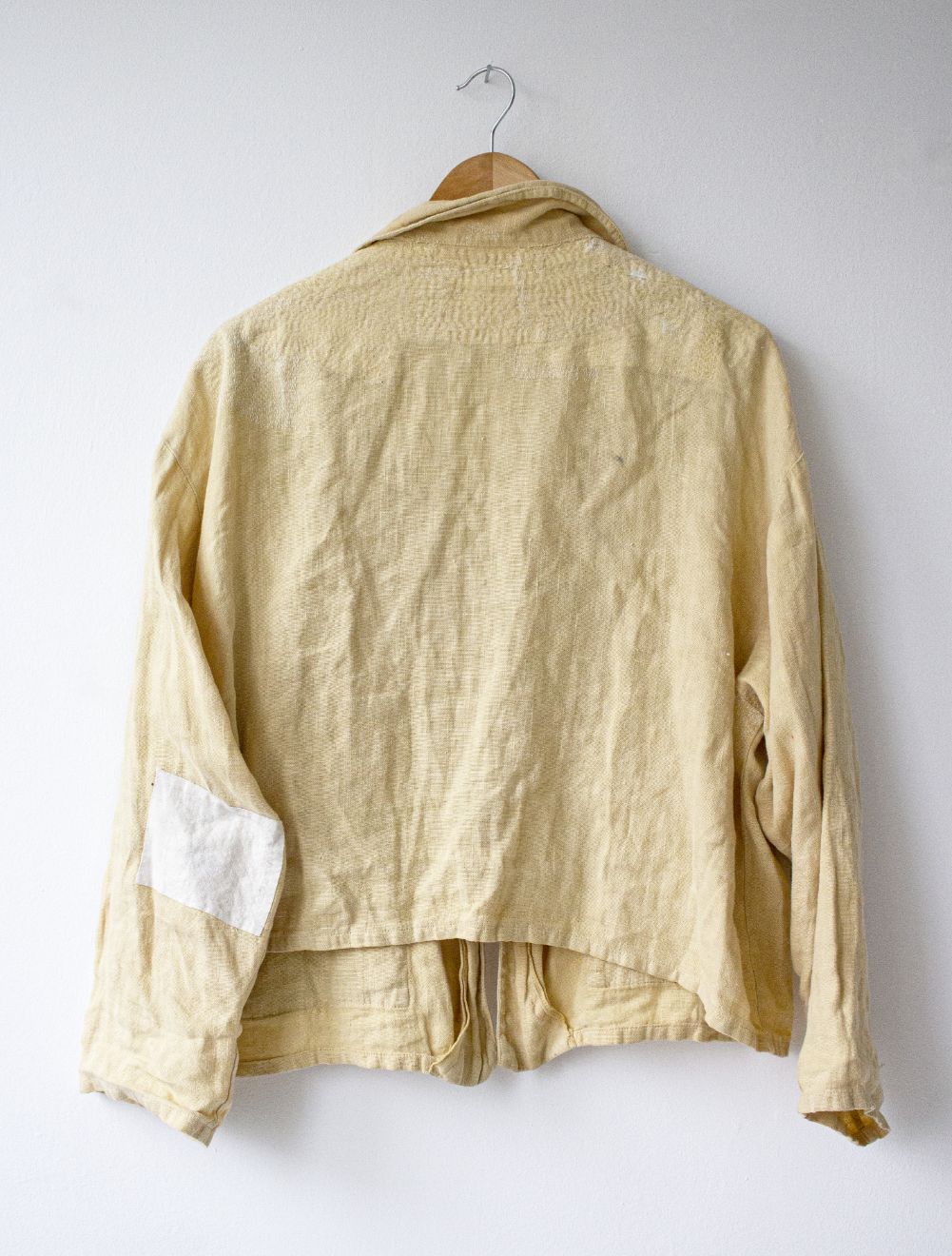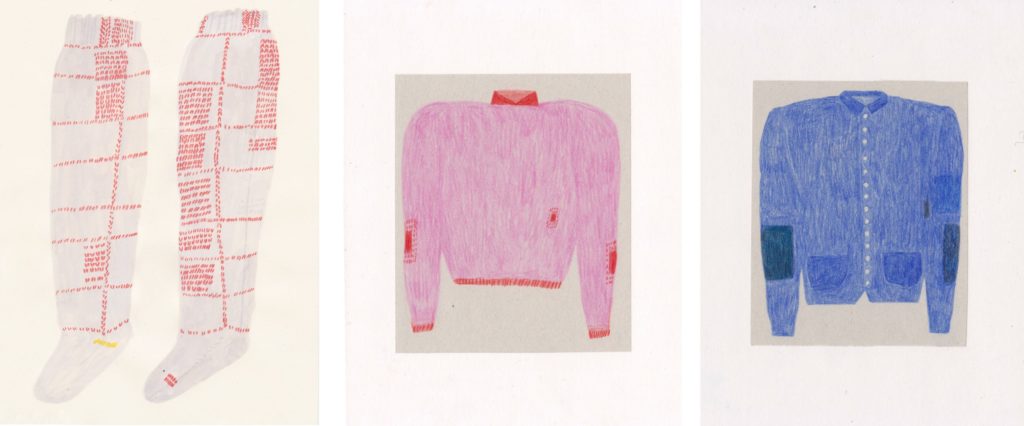“There is beauty and possibility – even in the most broken of things.”
Molly Martin is an illustrator and textile repairer. Through her experience repairing delicate garments for Egg fashion and collaborating with Toast on Japanese Sashiko repair workshops, she is soon to publish her first book ‘The Art of Repair.’ This is a collection of stories and illustrations that looks into the history, philosophy and craft of repairing textiles.
We hear from Molly about how we can respect and care for our garments in response to fast fashion. She hopes her book will serve as an inspirational guide, that shows what it means to mend a garment that is sentimental to us.
Growing up in Somerset, Molly spent her childhood surrounded by a creative family.“My brother and I would spend hours drawing at the kitchen table together making comics and drawing characters. My father worked for a long time as a special effect’s model maker. He is also a wonderful draughtsman, he taught my brother and I a lot about perspective, shading and style. In the house we had a sewing room, my mother taught me to sew and darn. I was eventually banned from entering the room after cutting too many of her things up!” In her primary years she went to a Steiner School which was fundamental in building her creative confidence. “It was a very creative and free place. We were constantly making things with our hands like learning pottery, weaving and embroidery.”
Now based in Brixton, she works on her illustrations and runs her repair business from her studio. With both her stitchwork and her drawings, Molly has a very clear aesthetic which runs through all her work. There is such precision, delicacy and detail to her craft. “There is the technical side to mending and then there is the mindful aspect of slowing down and focusing on the slow repetitive motion of stitching. However, with illustration it is a lot freer, there is a spontaneity to the process. I often like to draw what I am mending, looking at the colours, textures and how they feel in my hands.”
Molly decided to write a book after running repair workshops for Toast. “The whole idea behind it was to talk about the longevity of clothing. They are real advocates for choosing well and buying less, caring for our clothes and then repairing them.” Her workshops led on to an interest at looking at our connection to craft and how we can look after our clothing better. She adds, “I noticed there was a real interest in the process of making and the importance of using our hands rather than merely chucking a garment because it had a tear. I think your clothes give back to you what you give back to them.”
The Art of Repair aims to address our consumerist trends in fashion and our tendency to always want to buy more. “I think we want to appear up to date, and the clothes we wear allow us to decide how we want to be seen in the world. There is this common misconception that somehow new means strong and successful and that you are ‘in trend’ with the times.”
Fast fashion has become an environmental emergency with millions of clothes being thrown away each month. The industry is responsible for 10% of the world’s carbon emissions. Molly states, “We need to ask ourselves when we go shopping, do I really need this item? The most sustainable forms of clothing are the ones that already exist such as buying clothes from charity and vintage shops. However, the issue is that vintage clothing is far more expensive to buy because the materials they used were made to last longer.” For many fashion companies their target is still to drive sales by producing more and manufacturing cheaply by using unsustainable fabrics such as polyester in order to cut costs. This plastic is found in an estimated 60% of garments. They will find any loophole, even if this means exploiting factory workers and using child labour.
The book shows us different repair techniques including Sashiko, an ancient Japanese technique that translates as ‘Little Stabs.’ Created during the Edo period (1500s) by the rural poor, who would mend their garments by placing patches on top or inside the cloth, then they used repetitive stabbing stitches. The items would then become ‘boro’, a piece of clothing that has been heavily repaired. During this time, clothing was very expensive because it was hand spun so they had to make their garments last as long as possible. “I taught myself while I was repairing a piece of silk for Egg. What is special is that each person’s stitches are different even though it is the same technique. It is a piece of art in itself.”
Through a series of illustrative drawings and a collage of stories, Molly show us how we can treasure our clothes and how beautiful repairs can be. “There is an ancient saying ‘Wabisabi’, it’s about embracing the imperfections of life, the crack in the piece of a pottery or the wonkiness in a tree or an accidental chip in a plate. Everything breaks and will disintegrate but there is a beauty in the brokenness in the world.”
The Art of Repair published by Short Books on the 4th March 2021
This book is available for pre-order on Amazon.




